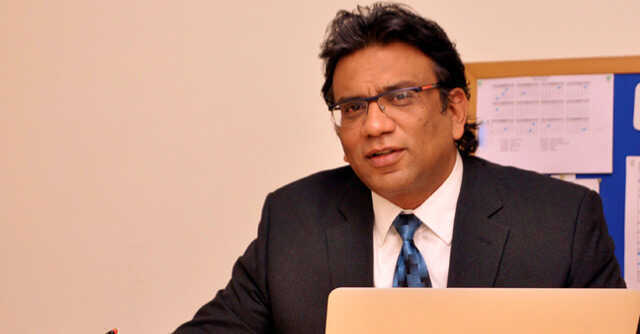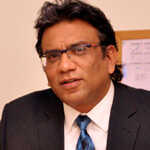
Seven ways data centers can be more energy efficient


Reducing carbon costs and energy consumption within the data center is at the top of many organizations’ sustainability, corporate social responsibility (CSR), and efficiency agendas, in order to achieve the goal of making data centers climate neutral by 2030. Adopting one or more of these simple energy-saving initiatives in your data center can be made quickly and economically and could see your IT energy wastage drastically improve.
Power monitoring and measurement
The growth in data has resulted in an increased challenge for many in how to manage data center power usage. Intelligent rack power distribution units (PDUs) can help address these challenges by allowing you to identify rack power consumption at the inlet, outlet, and circuit breaker level. Inlet metering can help you understand the power consumption of a specific device or server and provide early warnings if a circuit becomes heavily loaded and runs the risk of tripping. Intelligent PDUs offer granular remote power monitoring and energy consumption up to +/-1% accuracy, providing you with the most critical information to help your data center remain stable and efficient.

Identifying underutilized or idle servers
According to a recent survey by the Uptime Institute, approximately 30% of global data center servers are either underutilised or completely idle. Idle servers are troublesome for the simple fact that they are inefficient and in large numbers can be highly expensive. Fortunately, intelligent PDUs with outlet level metering can help you to determine which servers are currently underutilised or inefficient and better understand how a specific server (or device) is consuming power. Through detailed power consumption metering, you can not only effectively monitor usage, but you can ultimately reduce your costs throughout the entire year.
Deploy environmental sensors to your racks

Coupling environmental sensors with intelligent PDUs answers the call for efficiency. They ensure uptime by monitoring racks for potential hot spots, save on cooling by confidently raising data center temperatures, maintain cabinet security with contact closure sensors, improve data center availability by receiving environment alerts, make strategic decisions on cooling design and containment, set thresholds and alerts to monitor onsite or remote facilities.
Implement remote power control
You wouldn’t leave the lights on at home all day while you went to work, so why leave IT equipment that’s not mission critical on during nights and weekends if no one is going to be using them? Test and other non-production servers can often be powered off to conserve power during non-peak hours. To begin a remote power cycling program within your organization, start by metering your current servers to determine the most common times during which they are not in use. An intelligent PDU with the right capabilities will perform a graceful shutdown of equipment to eliminate the risk of data loss or corruption while allowing you to power cycle equipment with one or more power feeds on or off in a set order to minimize the risk of setting off a breaker due to an excessive inrush current.

Optimize airflow management in server cabinets
The cooling setup in a server cabinet has a big influence on the PUE (Power Usage Effectiveness); a lower PUE results in lower total energy consumption of the data center. It is, therefore, extremely important that air leakage and recirculation is minimized so that the cool air is guided exclusively through the IT equipment. To do this, the space between the frame of the cabinet and the steel profiles must be perfectly sealed. Properly applied airflow management will bring forth higher efficiency and will lengthen the life span of your servers. Special accessories have also been developed by leading cabinet manufacturers to perfectly seal the spaces between the cabinets.
Check ROI of server replacement

Realizing that over the four-year life of a server, the combined facility capital and operational expense will be up to four times greater than the cost of the server itself, it is of utmost importance to off-set these costs against the investments required in newer, more energy efficient equipment. Calculations should be carried out on a regular basis for devices that are operating at full load capacity to assess the possibility of updating the server to a newer generation and, as a result, reducing consumption. Having accurate measurement tools in place makes it a straightforward calculation to determine when it makes sense to replace a server ahead of its initially planned life span.
Incorporate Energy Efficient Design standards like EN 50600
The European Commission estimates that as much as 2.5% of all energy consumed by the EU is wasted through transformer losses. In line with the directive’s requirements, make sure to choose transformers that ensure a consistent reduction in energy consumption. Only then will it result in financial savings, and a decrease of CO2 emissions released into the atmosphere. Standards such as EN 50600 and its global equivalent ISO/IEC 22237 greatly help towards designing efficient data centers. The essence of these standards is to upfront understand the behaviour of the data center.


Sanjay Motwani
Sanjay Motwani is Vice President — APAC and Business Head - Legrand Data Center Solutions, India.
